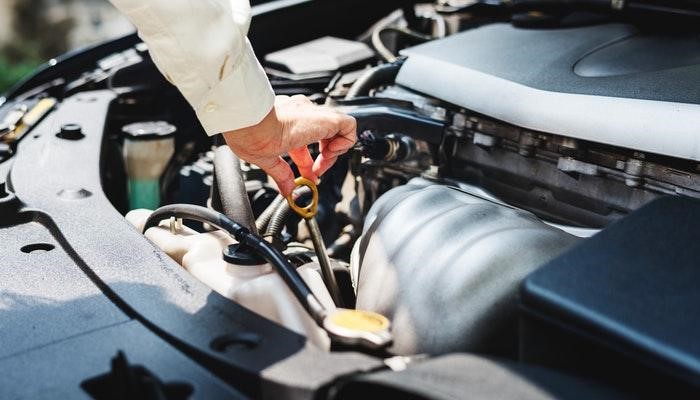The foundation for a peaceful, safe, and well-operated community is efficient, reliable, and effective municipal services. Many municipal service departments—EMS, police, road maintenance, sanitation, landscaping, waterworks, etc.—have on-road vehicle fleets (with some of them being quite expensive, such as firetrucks and ambulances). Therefore, vigorous vehicle fleet inspections are necessary for keeping a reliable and safe municipal fleet for everyday use.
Preventative Maintenance is Essential to Safety
When it comes to providing quality community services, everything is critical because safety is a factor that must be ensured. Complete inspections of vehicles and vehicle-related equipment should be performed by qualified people and be based on the manufacturer’s recommendations. Also, the company should keep accurate records of all inspections, repairs, and services performed.
Detecting Issues Before They Grow Bigger
Preventive maintenance is proactive, while reactive maintenance occurs mainly because of breakdowns. Breakdowns often happen due to lack of preventive maintenance, and they can be costly, draining a municipality’s budget. Preventive maintenance should include inspections, scheduled servicing, and repairs to prevent potential issues and maximize vehicle availability. That way, smaller problems can be detected and addressed on time before they get a chance to grow and cause serious issues (such as traffic accidents).
When it comes to vehicle fleets, proactive maintenance is based on engine hours, mileage, time, and the amount of fuel used. Things that should be inspected on a vehicle include:
— Filters and engine oil
— Transmission fluid
— Fuel system
— Cooling system
— Belts and hoses
— Driveshafts and CV joints
— Engine and transmission mounts
— Braking system
— Lights (interior and external)
For vehicles such as firetrucks, inspections must be performed to make sure that firefighters will arrive on the scene and have functioning equipment to put out fires. These inspections include checking things like self-contained breathing apparatus, compressor pumps, portable generators, aerials, and ladders.
Inspecting for Compliance
In the U.S., following the Federal Motor Carrier Safety Administration’s inspection regulations is necessary to stay compliant. The most important sections of their regulations related to vehicle inspections are 396.1-396.25. The section explains what kind of inspections one needs to perform on which parts, as well as what type of records should be kept to ensure compliance.
Anyone managing a vehicle fleet, including municipalities, must maintain and repair any equipment or vehicles under their control. All vehicle types and industries have different types of parts which require different types of inspection protocols and inspection forms. The only consistency among these various vehicles and industries is safety, which is the top priority of the FMCSA.
Vehicle inspections also reduce the driver’s liability. When a vehicle has been properly inspected before going on the road, and a problem occurs while on the road, the driver cannot be held liable for vehicle negligence. This greatly lowers the liability risk of the entire municipality’s vehicle fleet.
Takeaway
The Checker offers various comprehensive software tools and customizable paper inspection books that allow you to create your own checklists for vehicle and equipment inspections. By following these checklists, municipalities will reduce the risk of potential malfunctions and ensure that their vehicles are safe and ready to provide effective municipal services.











